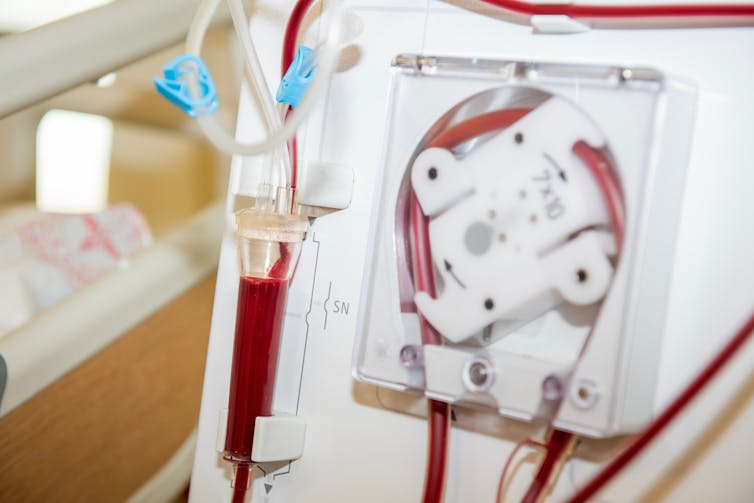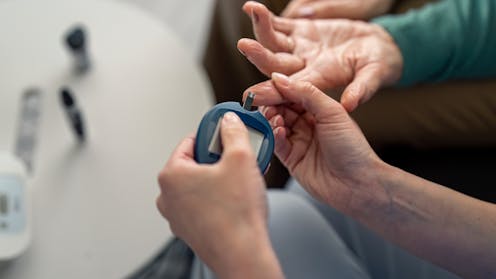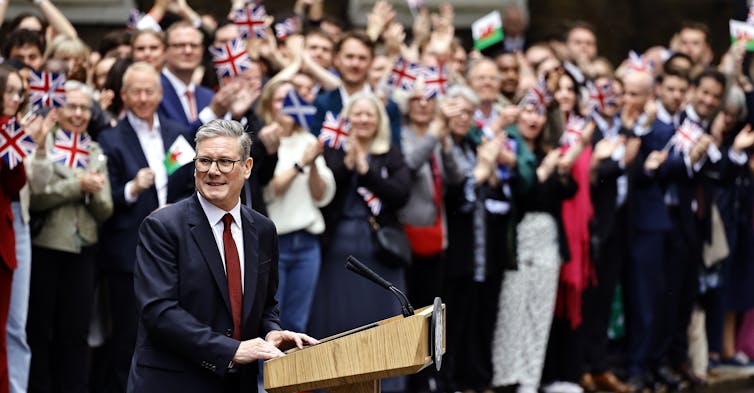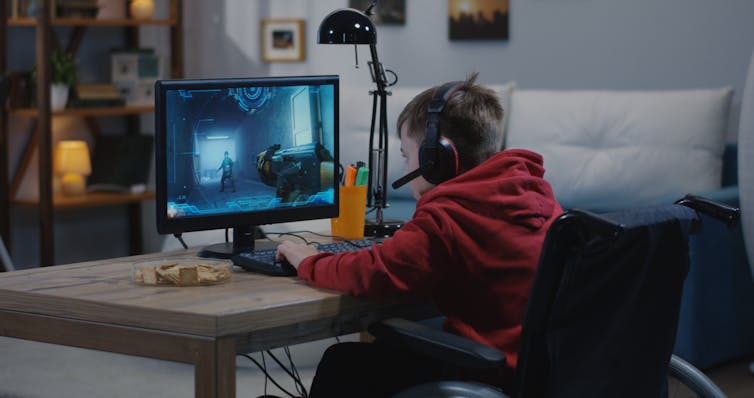Source: The Conversation – UK – By Fiona McAuliffe, Lecturer of Ecology, Scotland’s Rural College
In the early 2000s, golden eagles soared once again over the hills of Donegal in northwest Ireland, for the first time in nearly a century. Their return was celebrated as a landmark in Irish conservation, a hopeful sign that one of the island’s most iconic predators was back.
But two decades on, the reality is sobering. The population remains small with just five territorial pairs and an estimated total population of just 20-25 birds. Breeding success is poor, and the golden eagle’s future in Ireland is uncertain. So what went wrong?
Our research published in the Irish Naturalists’ Journal suggests the problem isn’t with the eagles themselves – it’s with the landscape they were released into. On paper, Donegal’s uplands looked ideal: open terrain, low human disturbance and ample wild prey. But over time, key parts of that ecosystem have quietly unravelled.
Golden eagles rely on a steady supply of prey to thrive and raise chicks – notably red grouse and Irish hares. Yet, during our recent surveys along transects (predetermined lines through an area) and footage from camera traps in and around Glenveagh national park, the uplands seemed eerily quiet. Not just quiet of eagles, but of the smaller animals they prey on for food. The landscape looked wild, but had lost some of its vital living components.
When comparing the available prey biomass, that’s the combined weight of grouse and hares per unit area, Donegal had 74-83% less prey than equivalent areas in the Scottish Highlands where golden eagles are thriving. That’s an enormous shortfall. Without enough food, adult eagles must travel further to hunt and spend more energy – and so are less likely to raise chicks successfully. A few lean years can tip a small population like this into crisis.
Why is prey so scarce? One of the main culprits is overgrazing. Red deer numbers have exploded across Ireland in recent decades. In places such as Donegal, their constant browsing and grazing has severely degraded upland habitats. This damages the heather moorlands that grouse and hares depend on, leaving them with less cover and fewer food sources.

Queen’s University Belfast
Add to this the growing pressure from medium-sized predators, including foxes and badgers. Without apex predators such as wolves or lynx to keep them in check, these “mesopredators” flourish. This well-documented phenomenon is known as mesopredator release where populations of mid-sized predators increase after the loss of top predators, often leading to greater pressure on prey species, such as ground-nesting birds and young hares, compounding the challenges for these struggling prey species.
And while Ireland’s conservation laws look strong on paper, implementation often lags behind. Some protected areas remain heavily grazed, burned or unmanaged. Management plans are either missing, unenforced or outdated. This weakens the very protections meant to sustain wildlife.
A lesson for rewilding
The reintroduction of golden eagles was based on the best available knowledge at the time. But ecosystems aren’t static. What may have been viable habitat in the 1990s no longer meets the needs of a breeding eagle population today.
Reintroducing a species isn’t enough. The systems that sustain it also need to be restored. The clichéd paradigm that nature-is-good and humans-are-bad isn’t helpful. Instead modern landscapes are often so degraded that they can’t recover if left alone.
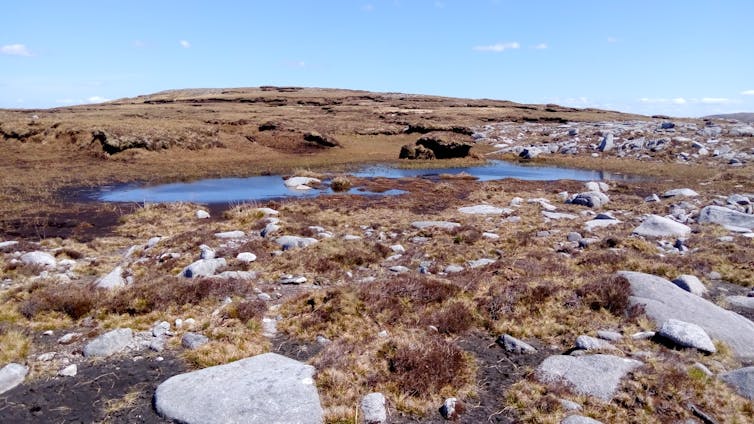
Fiona McAuliffe
Conservation can facilitate active recovery. Real rewilding is about more than simply “putting animals back” and “letting nature take its course”. It is about putting systems back: predators, prey, plants and the processes that connect them.
Despite the challenges, the golden eagle population has not failed in Ireland – not yet at least. To turn the tide, conservation efforts must go beyond charismatic species and focus on landscape restoration. That means reducing overgrazing, supporting prey recovery, rebalancing predator dynamics and making sure protected areas are actually protected.
Encouragingly, Glenveagh national park has begun some of this work, by reducing deer overgrazing and regenerating native woodlands. If this landscape restoration is sustained and expanded, golden eagles could still thrive in a more balanced, functioning upland ecosystem.
These birds are more than just a symbol of wildness. They are a litmus test of ecosystem health. Right now, they’re telling us something important. Something those calling for the reintroduction of other top predators, including wolves, would do well to consider.
Don’t have time to read about climate change as much as you’d like?
Get a weekly roundup in your inbox instead. Every Wednesday, The Conversation’s environment editor writes Imagine, a short email that goes a little deeper into just one climate issue. Join the 45,000+ readers who’ve subscribed so far.
![]()
The authors do not work for, consult, own shares in or receive funding from any company or organisation that would benefit from this article, and have disclosed no relevant affiliations beyond their academic appointment.
– ref. Golden eagles were reintroduced to Ireland, but without prey they’re now struggling to thrive – https://theconversation.com/golden-eagles-were-reintroduced-to-ireland-but-without-prey-theyre-now-struggling-to-thrive-258832




